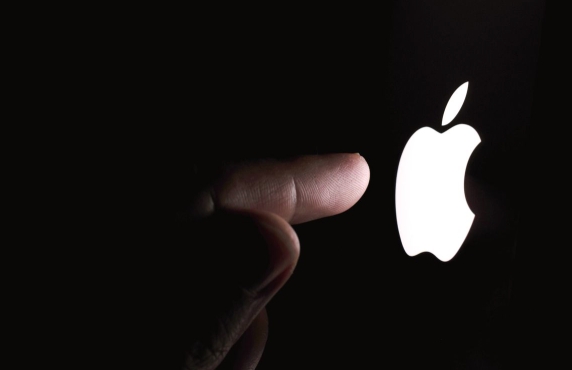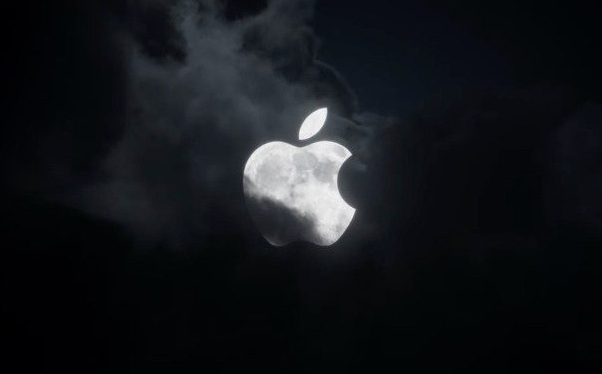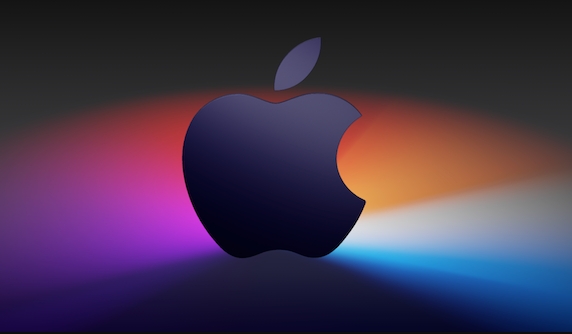MacBooks do not recognize external monitors are usually caused by connection, setup, or compatibility issues, rather than hardware corruption. 1. Check whether the cable is intact and whether the interface is tight, and confirm that the monitor power and input source are correct; 2. Try to restart the system, reset the display settings or use safe mode to troubleshoot software conflicts; 3. Adjust the resolution/refresh rate or update the monitor firmware to improve compatibility; 4. Further troubleshoot through third-party tools, terminal commands or create a new user account; 5. If the above steps are invalid, it is recommended to detect the monitor itself or contact professional repairs.

It's really a headache to not recognize external monitors on your MacBook, especially when you need to expand your workspace or presentate content. This situation is usually not caused by a broken hardware, but by a connection, setup or system problem. Let me talk about this problem from two aspects: common reasons and solutions.

Check whether the physical connection is normal
Many times the problem lies in the connection method, not in the device itself. First confirm the following points:
- Is the cable intact : Is the HDMI, USB-C or Thunderbolt cable damaged? Try changing a wire to see.
- Is the interface well plugged in : Some USB-C interfaces may also have poor contact if they are not plugged in deep.
- Is the monitor power and input source correct : Make sure the monitor is powered on and the correct signal source (such as HDMI1, DP2, etc.) is selected.
- Use original or certified wires : especially Thunderbolt 4 or DisplayPort Alt Mode-enabled wires, non-standard wires may not support video transmission.
If you are using a multi-screen dock, you can try connecting the monitor directly to see if it can be recognized.

Try restarting and resetting display settings
Sometimes macOS graphics service may have minor failures, and restarting the system is the easiest way to try.
If it still doesn't work after restarting, you can try refreshing the display information manually:

- Press and hold Option Command Esc to open the Force Exit interface and select Window Server or Finder to restart.
- Use the shortcut key
Command F1to force the mirror/extended mode to switch. - Go to System Settings > Monitors, press and hold Option and click Detect Monitors, and then click Use to view as list.
You can also try booting in safe mode to see if the monitor can be identified, which will help determine whether it is a third-party driver or software conflict.
Check Mac and monitor compatibility
Not all monitors fit perfectly with a Mac, especially when using some older models or non-standard resolution monitors.
- Is the resolution and refresh rate too high : Some monitors may not automatically recognize the Mac at high resolution (such as 4K@60Hz). You can turn down the settings in the monitor menu and try again.
- Whether firmware updates are required : Some monitor manufacturers will release firmware updates to fix compatibility issues.
- Mac graphics card support capabilities : For example, the number and specifications of external monitors supported by the M1/M2 chip are limited, so please check the official documentation.
Further operation suggestions
If you have tried the above method but it is not working, you can consider the following directions:
- Use third-party tools such as SwitchResX to manually add resolution configurations.
- Run the command
sudo killall -HUP WindowServerto refresh the display service in the terminal. - Create a new user account to test whether the system preferences file is corrupted.
- Finally, try connecting another computer to see if the monitor is normal and troubleshooting the monitor itself.
Basically these steps are the investigation. In most cases, the problem can be solved by checking the cable, restarting, and adjusting the settings. If you have tried all but still didn't respond, it may be a hardware problem. It is recommended to contact Apple support or professional repair staff for a look.
The above is the detailed content of MacBook won't detect external monitor. For more information, please follow other related articles on the PHP Chinese website!

Hot AI Tools

Undress AI Tool
Undress images for free

Undresser.AI Undress
AI-powered app for creating realistic nude photos

AI Clothes Remover
Online AI tool for removing clothes from photos.

Clothoff.io
AI clothes remover

Video Face Swap
Swap faces in any video effortlessly with our completely free AI face swap tool!

Hot Article

Hot Tools

Notepad++7.3.1
Easy-to-use and free code editor

SublimeText3 Chinese version
Chinese version, very easy to use

Zend Studio 13.0.1
Powerful PHP integrated development environment

Dreamweaver CS6
Visual web development tools

SublimeText3 Mac version
God-level code editing software (SublimeText3)

Hot Topics
 Can I Show the Dock on All Screens on Mac? Using Dock on Different Displays in macOS
Jul 03, 2025 am 09:30 AM
Can I Show the Dock on All Screens on Mac? Using Dock on Different Displays in macOS
Jul 03, 2025 am 09:30 AM
If you're using a Mac with multiple monitors, you might be curious about how to display the Dock on all screens or whether it's possible to add a Dock to secondary displays.The good news is that you can configure the Dock to appear on any screen conn
 How to Play Fortnite on Mac with FnMacAssistant & Sideloadly
Jul 05, 2025 am 09:21 AM
How to Play Fortnite on Mac with FnMacAssistant & Sideloadly
Jul 05, 2025 am 09:21 AM
Fortnite is once again available for iPhone and iPad users, bringing joy to many gamers. However, there's still no official version for Mac (at least not yet). Despite that, Apple Silicon Mac owners aren’t completely out of luck—you can run the iOS/i
 How to Remove Old Devices from Apple ID on Mac
Jul 07, 2025 am 09:08 AM
How to Remove Old Devices from Apple ID on Mac
Jul 07, 2025 am 09:08 AM
If you've owned multiple Apple devices over the years, you might find yourself in a situation where some of those older Macs, iPhones, iPads, or other Apple hardware have been sold, given away, or traded. No matter how they left your possession, it's
 How to Enable iCloud Private Relay on Mac
Jul 05, 2025 am 09:36 AM
How to Enable iCloud Private Relay on Mac
Jul 05, 2025 am 09:36 AM
iCloud Private Relay is an excellent privacy feature included with the iCloud subscription, designed to safeguard your online activity and browsing by masking your IP address (using a temporary one) and encrypting DNS lookups. This prevents third pa
 How to Allow Apps During Downtime on Mac
Jul 04, 2025 am 09:03 AM
How to Allow Apps During Downtime on Mac
Jul 04, 2025 am 09:03 AM
Are you using Screen Time to manage your or your child’s Mac usage? If yes, you likely already know that it allows you to set app limits, schedule downtime on the Mac, and more. Additionally, you can also choose specific apps that remain accessible a
 How to Make MacOS Sequoia Feel Faster: Tips to Speed Up Slow MacOS
Jul 05, 2025 am 09:28 AM
How to Make MacOS Sequoia Feel Faster: Tips to Speed Up Slow MacOS
Jul 05, 2025 am 09:28 AM
macOS Sequoia is a solid operating system that brings some impressive features like iPhone Mirroring, and while performance is excellent for many users, not everyone experiences the same level of speed. If you're finding macOS Sequoia slower than pre
 How to See All Links Shared in Messages on iPhone & iPad
Jul 05, 2025 am 09:31 AM
How to See All Links Shared in Messages on iPhone & iPad
Jul 05, 2025 am 09:31 AM
If you frequently use iMessage, then you've likely shared numerous web links in your chats — maybe an article, a video, a tweet, a song, or anything else. Locating these links later can be quite frustrating, but thankfully there's a simpler method th
 Create a MacOS Tahoe 26 Beta VM with Three Commands in Terminal Using tart
Jul 06, 2025 am 09:28 AM
Create a MacOS Tahoe 26 Beta VM with Three Commands in Terminal Using tart
Jul 06, 2025 am 09:28 AM
Advanced Mac users familiar with the command line can swiftly set up a MacOS Tahoe 26 beta virtual machine by entering a few commands into Terminal, using tart. Tart is a command-line utility for managing virtual machines and offers one of the quicke






